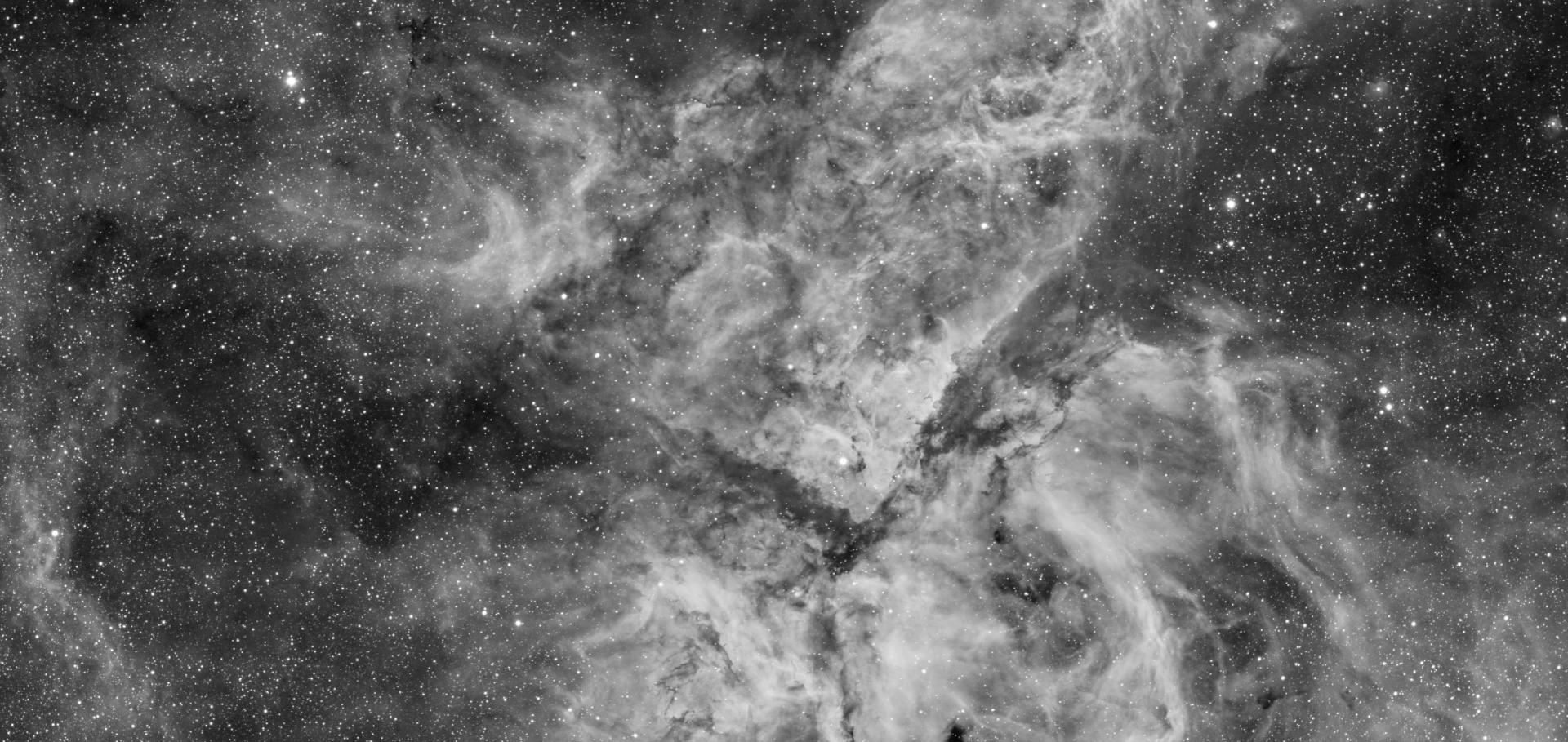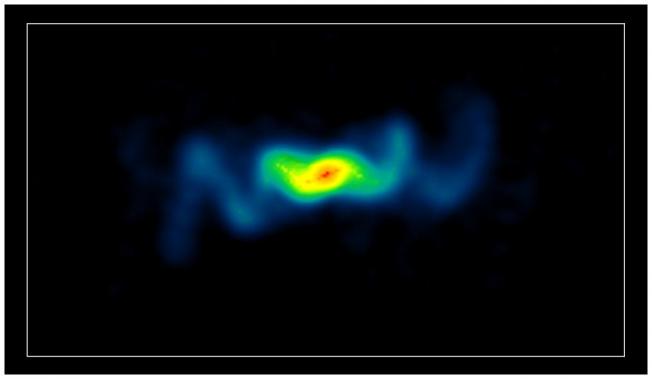Extremely red radio galaxies
(2001) 113-118
Abstract:
At least half the radio galaxies at z > 1 in the 7C Redshift Survey have extremely red colours (R - K > 5), consistent with stellar populations which formed at high redshift (z greater than or similar to 5). We discuss the implications of this for the evolution of massive galaxies in general and for the fraction of near-IR-selected EROs which host AGN, a result which is now being tested by deep, hard X-ray surveys. The conclusion is that many massive galaxies undergo at least two active phases: one at z similar to 5 when the black hole and stellar bulge formed and another at z similar to 1 - 2 when activity is triggered by an event such as an interaction or merger.The Radio Galaxy K-z Relation to z~ 4.5
Chapter in QSO Hosts and Their Environments, Springer Nature (2001) 333-338
The radio galaxy K-z relation to z similar to 4.5
(2001) 333-338
Abstract:
Using a new radio sample, 6C* designed to find radio galaxies at z > 4 along with the complete 3CRR and 6CE sample we extend the radio galaxy K - z relation to z - 4.5. The 6C* K - z data significantly improve delineation of the K - z relation for radio galaxies at high redshift (z > 2). Accounting for non-stellar contamination, and for correlations between radio luminosity and estimates of stellar mass, we find little support for previous claims that the underlying scatter in the stellar luminosity of radio galaxies increases significantly at z > 2. This indicates that we are not probing into the formation epoch until at least z greater than or similar to 3.Extremely red galaxy counterparts to 7C radio sources
ArXiv astro-ph/0011082 (2000)



